Lemon Lime Dwarf Abelia – 3 Gallon Pot
$74.85 Original price was: $74.85.$52.40Current price is: $52.40.
SKU: D2LSC 9294838064 Category: FRAGRANT PLANTS
- Experience the difference quality makes.
- Buy with Peace of Mind
- Free Shipping, No Compromise on Quality
- High quality products, hassle-free returns.

Meet The Wilson Brothers & Staff
Lemon Lime Dwarf Abelia
Abelia grandiflora ‘Lemon Lime’ ‘Hopley’s’
USDA Cold Hardiness Zones: 6a-9b Find Your Zone
Note: For our customers who live and garden North of USDA Plant Hardiness Zone 6a, where this Abelia variety is not typically winter hardy, you’ll be happy to know that it can be grown in containers that can be brought indoors during winter and placed back outside when temperatures warm up in spring.’
Special Attributes
Its bright foliage literally glowing in the landscape, and the lowest growing of all the numerous Abelia varieties in our gardens, ‘Lemon Lime’ is a WILSON BROS INTRODUCTION that sports tricolor evergreen leaves of bright yellow, white, and dark green. Butterflies and hummingbirds will be sure to feed from the abundance of fragrant, soft lavender to white flowers are produced during summer and into fall.
How To Measure Total Square Feet Of A Planting Area
How Many Plants Needed To Cover A Planting Area?
Landscape & Garden Uses
Lemon Lime Abelia has many uses in the landscape. Its smaller size makes it an ideal selection for an accent or specimen in smaller landscape spaces, and also does quite well in medium size pots (at least 15 inches in diameter), provided the drainage is good. In larger landscape spaces, we use it in small to large groupings or mass plantings on embankments, or as a low hedge. It’s the perfect choice for underplanting a crape myrtle, taller growing upright Japanese maples, chaste tree (Vitex), or other small trees. Stunning when combined with other plants and trees that have purple, red or dark green foliage, such as Loropetalums, purple leaved Crape myrtles, and red-leaved Japanese maples.
A fine addition Asian/Japanese Gardens, Butterfly Gardens, Cottage Gardens, Perennial Gardens, Rock Gardens, Xeriscape Gardens (Low Water needs).
Cultural Preferences
Lemon Lime Abelia is very easy to grow in most any average soil in full sun to part shade. Prefers a moist but well-drained soil however is exceptionally tolerant of dry conditions when established. The foliage holds it’s bright color in sun or shade. Maintenance is minimal. We prune ours lightly for shaping purposes only one time a year before new leaves begin to emerge in late winter. It is exceptionally heat, humidity and drought tolerant and deer, insects, and other pests don’t like it. The plant is evergreen in USDA Zones 7-9, and sometimes semi-deciduous in zone 6a.
Helpful Articles
Click on the link below to find helpful advice from our experts that’ll have you planting and growing Abelia like the pros.
How To Plant & Care For Abelia Shrubs
Plant Details
USDA Plant Hardiness Zones: 6a-9b Find Your Zone
Plant Type: Flowering Evergreen (May be semi-deciduous in northern zones)
Height at Maturity: 2-2.5′
Width at Maturity: 3-4′
Spacing Recommendations: 2.5′ for hedges, 5’+ for space between plants
Growth Habit / Form: Dense, Mounding
Growth Rate: Moderate
Flower Color: White, Pale Lavender
Flower Size: Small, 0.5″
Flowering Period: Early Summer, Mid-Summer, Late Summer, Early Fall, Mid-Fall
Flower Type: Single, tubular flowers in clusters
Fragrant Flowers: Yes
Foliage Color: White, Dark Green, Light Green, Medium Green, Yellow
Fragrant Foliage: No
Berries: No
Berry Color: NA
Attracts: Butterflies, Hummingbirds, Visual Attention
Resistances: Deer – more info, Disease, Drought, Dry Soil, Heat, Insect
Sun Needs: Full Sun or Mostly Sun, Morning Sun with Dappled or Afternoon Shade, Morning Shade with Evening Sun
Water Needs: Average, Low Once Established
Soil Type: Clay, Loam, Sand, Silt
Soil Moisture / Drainage: Well Drained Moist, Well Drained Dry when established
Soil pH: 5.0 – 8.0
Maintenance / Care: Low
Plant Long & Prosper!
Questions? Contact Us
Be the first to review “Lemon Lime Dwarf Abelia – 3 Gallon Pot” Cancel reply
Related products
Sale!
Sale!
FRAGRANT PLANTS
Winter Gold Edgeworthia Chrysantha – Paper Bush – 5 Gallon Pot
Sale!
FRAGRANT PLANTS
Sale!
FRAGRANT PLANTS
Sale!
Sale!
Sale!
FRAGRANT PLANTS
Sale!
FRAGRANT PLANTS
Diane Red Witch Hazel (Hamamelis X Intermedia) – 7 Gallon Pot



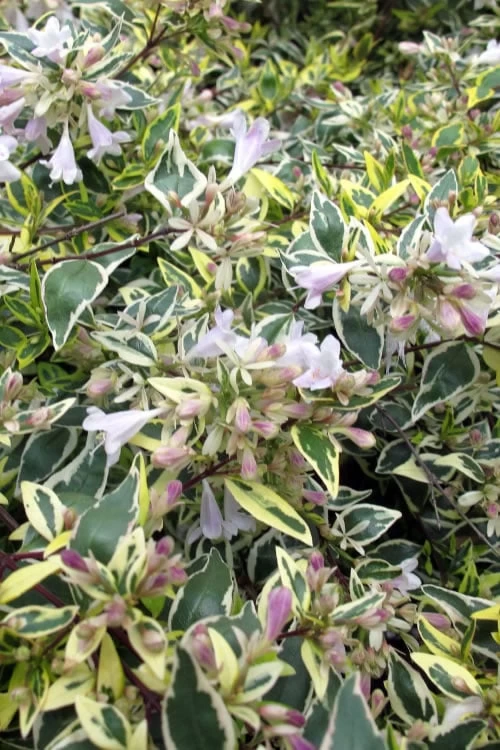




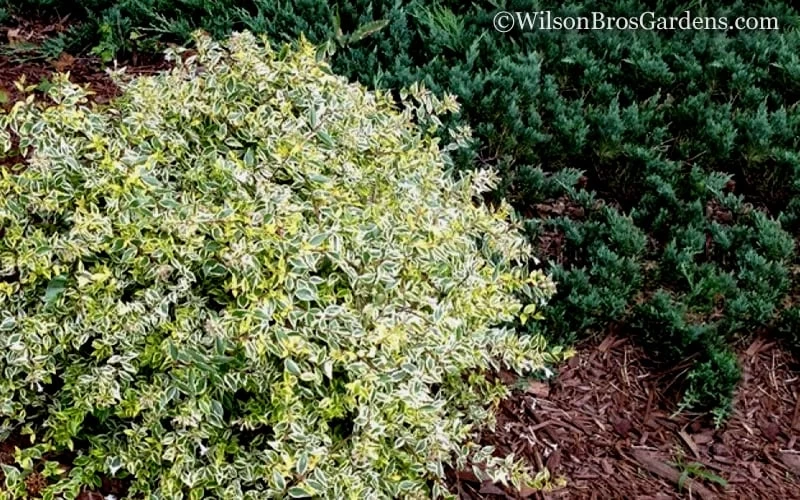

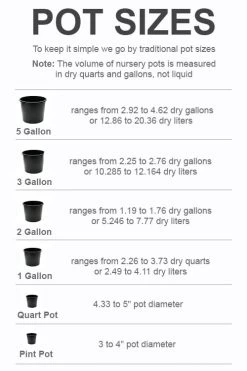




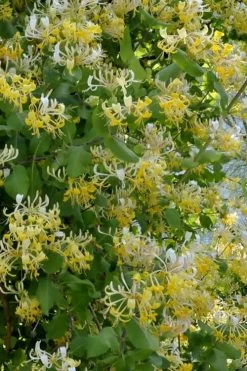




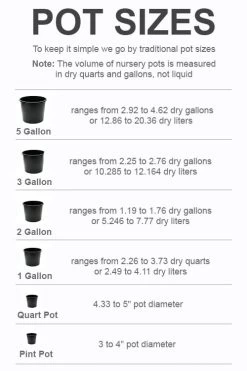
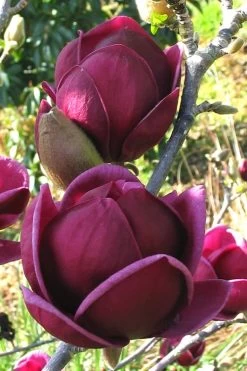

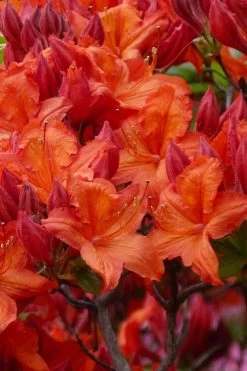


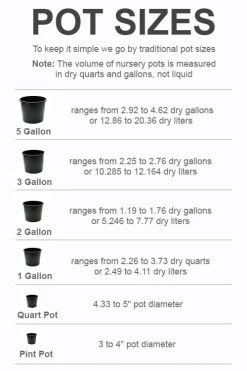

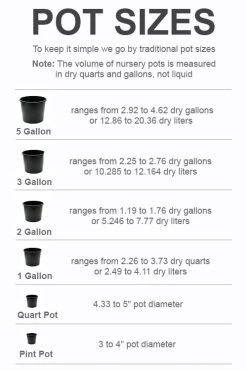
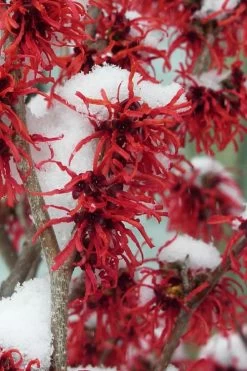

Reviews
There are no reviews yet.